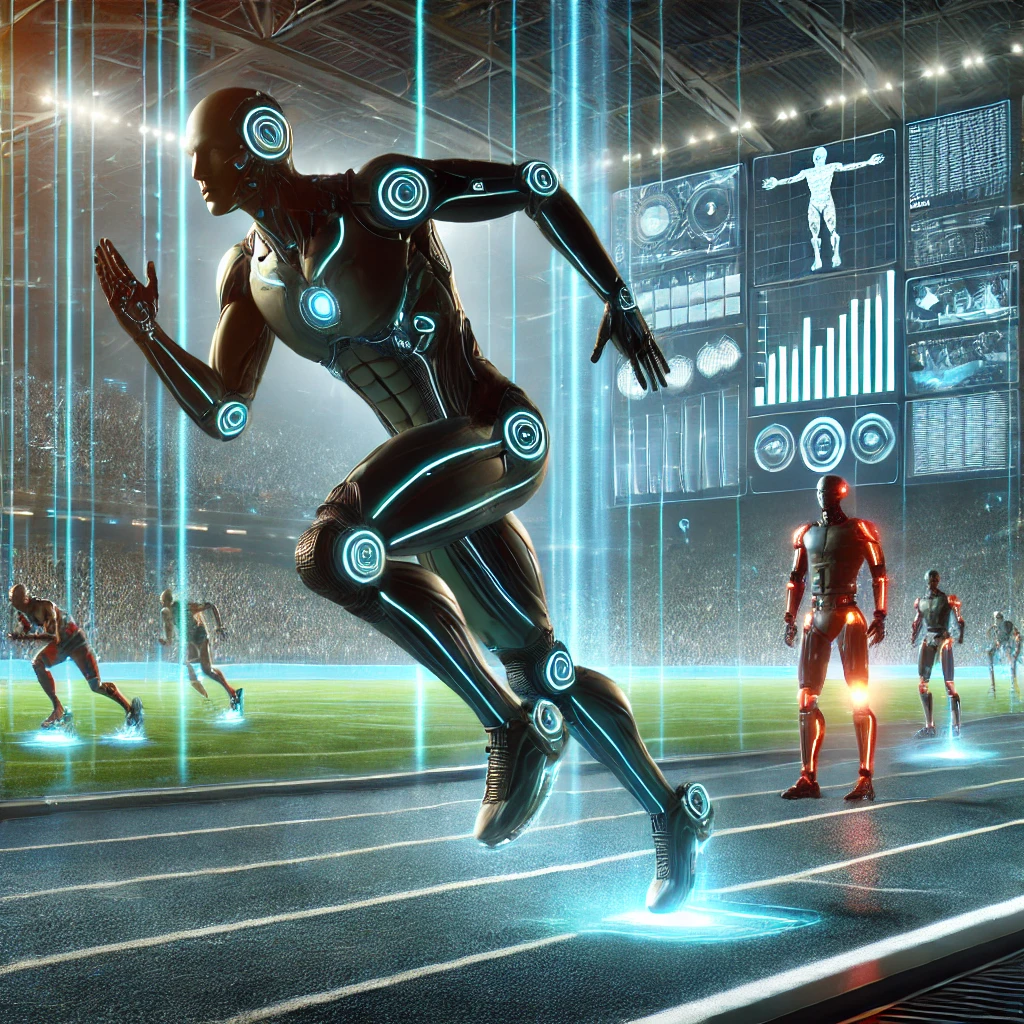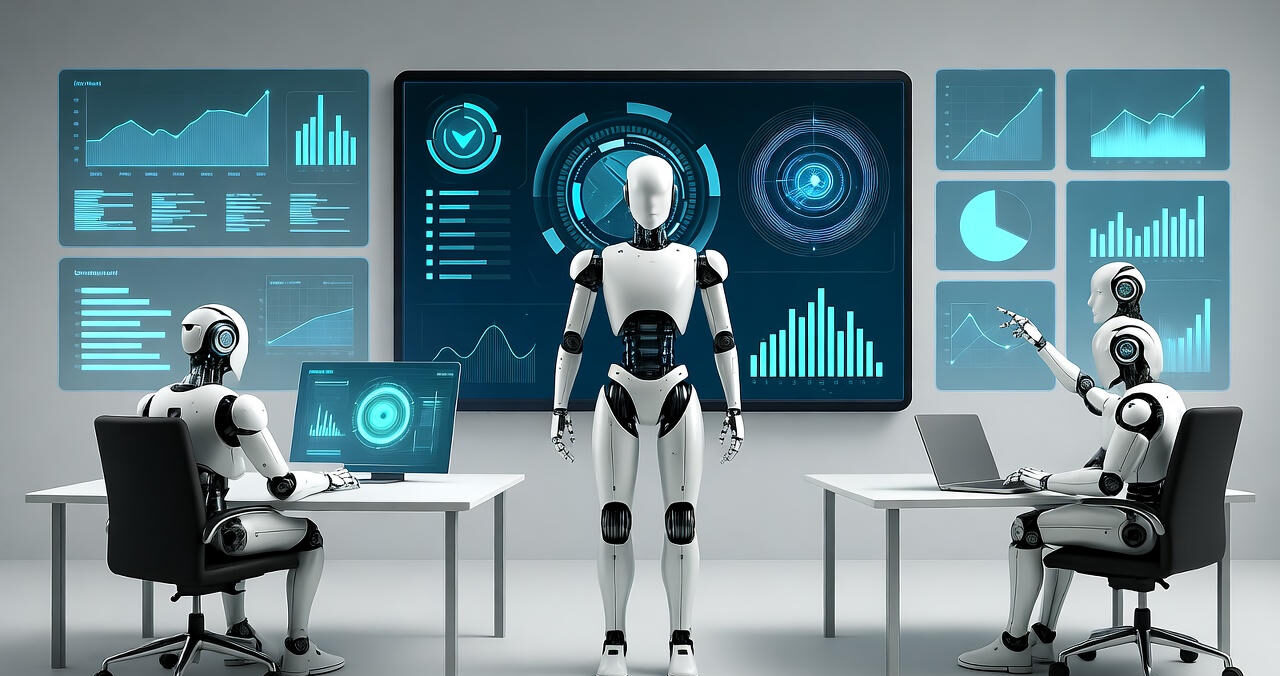
China to Host First Human-Robot Half-MarathonEver — Now That’s Some Tech Sport!In a monumental step toward both sports and technology, China is about to pull off an unprecedented feat in its freshman year at half-marathon heaven. This historic race will take place with human athletes and autonomous humanoid robots racing the same 13.1-mile course, pushing the limits of endurance, innovation and artificial intelligence as never before. With the use of masterful energy, to encourage onlookers around the globe, this contest is due to the fact that it will help to write a new chapter in the history of machinery.
A Groundbreaking Demonstration of Kinematics in Motion

Robot must meet strict qualifications to enter — this includes having a humanoid shape, walking on two legs, and stood between 20 inches and 80 inches tall. These rugged requirements urge engineers to build robots with fluid and human-like motions with the ability to navigate through the real-world surface under unpredictable conditions. Unlike with controlled lab environments, this race will challenge engineers to hone the designs of their machines to traverse unforeseen obstacles, which stands to lead to breakthroughs in robotic mobility and artificial intelligence.
A Two-Pronged Competition: Man vs. Machine
The competition will showcase two classes of humanoid robots—those remotely controlled by humans and fully autonomous robots navigating their surroundings using AI-based algorithms. This oppositional nature between strategies provides an interesting perspective towards the relationship between humans and AI (Deep Learning) in society over time.
The robots, which will operate autonomously, will use cameras, sensors and on-board processing to make real-time decisions as they race. From dodging walls, to stabilizing, to leading our area of battery usage, these machines will need to prove extreme flexibility and ingenuity. This will lead to insights that push the boundaries of what AI and robotics can achieve in real-world scenarios, resulting in a future where intelligent robots can be effectively utilized in healthcare, logistics, or disaster response.
The Ultimate Test: Tenacity, Energy and Strategy

Humanoid robots have one of the biggest problems: endurance. Human runners can train for months, successfully pacing themselves by consuming a combination of hydration and nutrition, but robots can never outrun their battery power. As if that wasn’t hard enough, battery swaps are permitted, but incur a 10-minute time penalty per swap. That makes engineering teams work to plan accordingly, trying to balance power consumption management, heat management and performance in general.
In addition, robots must deal with unpredictable factors such as the terrain and weather. Mechanical jams, software bugs and overheating are risks that will add to the test for both hardware and software resilience. Being able to perform under these fluid conditions will demonstrate just how much farther robotics technology has come — and where more work is still needed.
A Race with Consequences for Wide Recovery
And this competition matters for more than just the fun of the race itself. The technology that is being trialed here has all sorts of implications for the future of robotics in a variety of industries. The humanoid robots developed and engineered through your training will be able to walk or crawl on different surfaces and will be able to assist disaster relief operations, industrial automation, or assist personally by aiding those individuals who have mobility impairments.
The advance in robotic motion may also impact areas such as prosthetics, exoskeleton development, and possibly space exploration. By mastering humanoid robotics, scientists would be able to create assistive devices that help humans regain their ability to move, develop autonomous systems for inhospitable environments, and design robots operated by artificial intelligence that are capable of operating in extraterrestrial environments.
A Milestone For Sports And Technology

As thousands observed one of the first Human-Robot Half-Marathons in the world, curiosity about the pioneering event was almost as impressive as the race itself. Can machines powered by AI prove to be no less gifted in an endurance arena, or will the nuances and unpredictability of racing in the world reveal that these are just machines? The answers to these questions will ultimately not only decide the fate of robotic sports but how humans and machines will work together in myriad fields.
Beyond this first race, the opportunities for sports not limited to human competition are widespread. In the future there may be full marathons, obstacle courses, and AI competitive games, ushering in a new era of hybrid human-robot sporting events.
Preparing for Schneider’s New Era of Racing
Speed ways are changing rapidly across the world, and the advent of humanoid robots into competitive racing is only the beginning. It’s not just the fastest in this event — it’s pushing the boundaries of AI, robotics and human ingenuity. From moveable rooftop designs to energy-efficient systems, here is how soft engineering and athletics are fusing in ways few imagined possible.








rj25mc